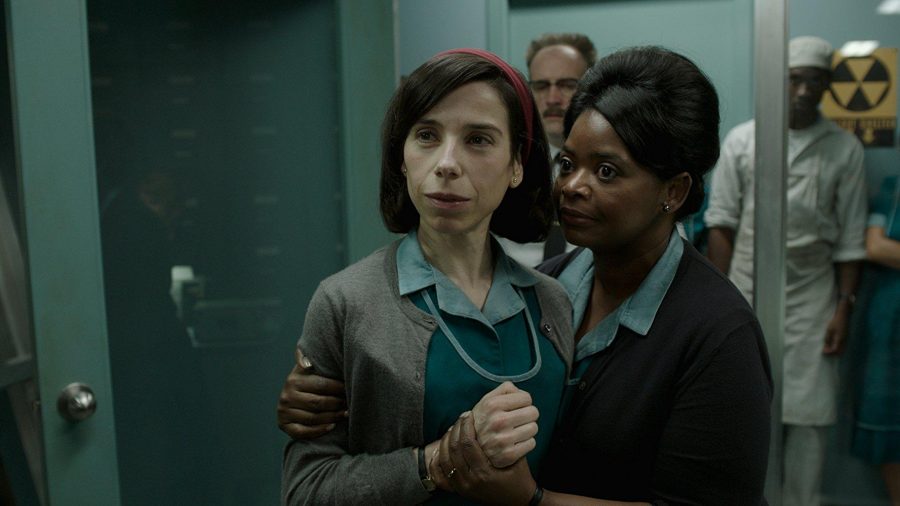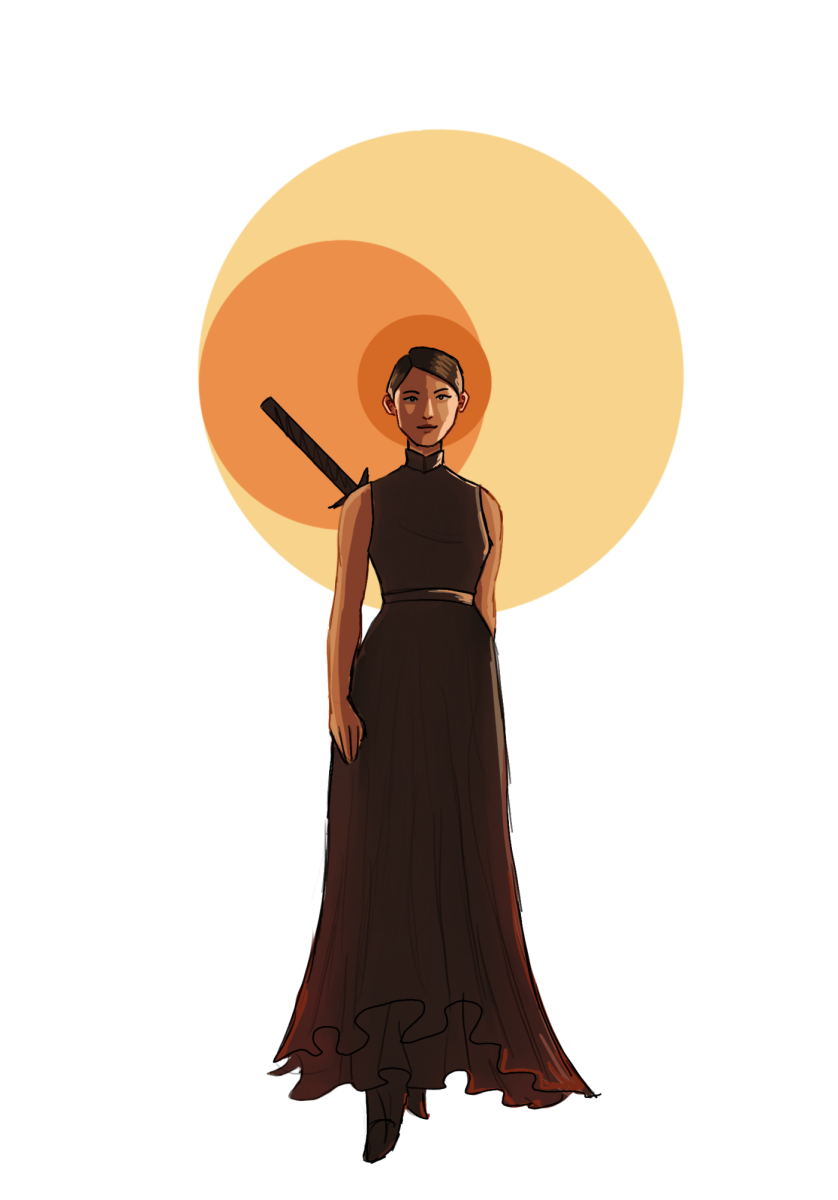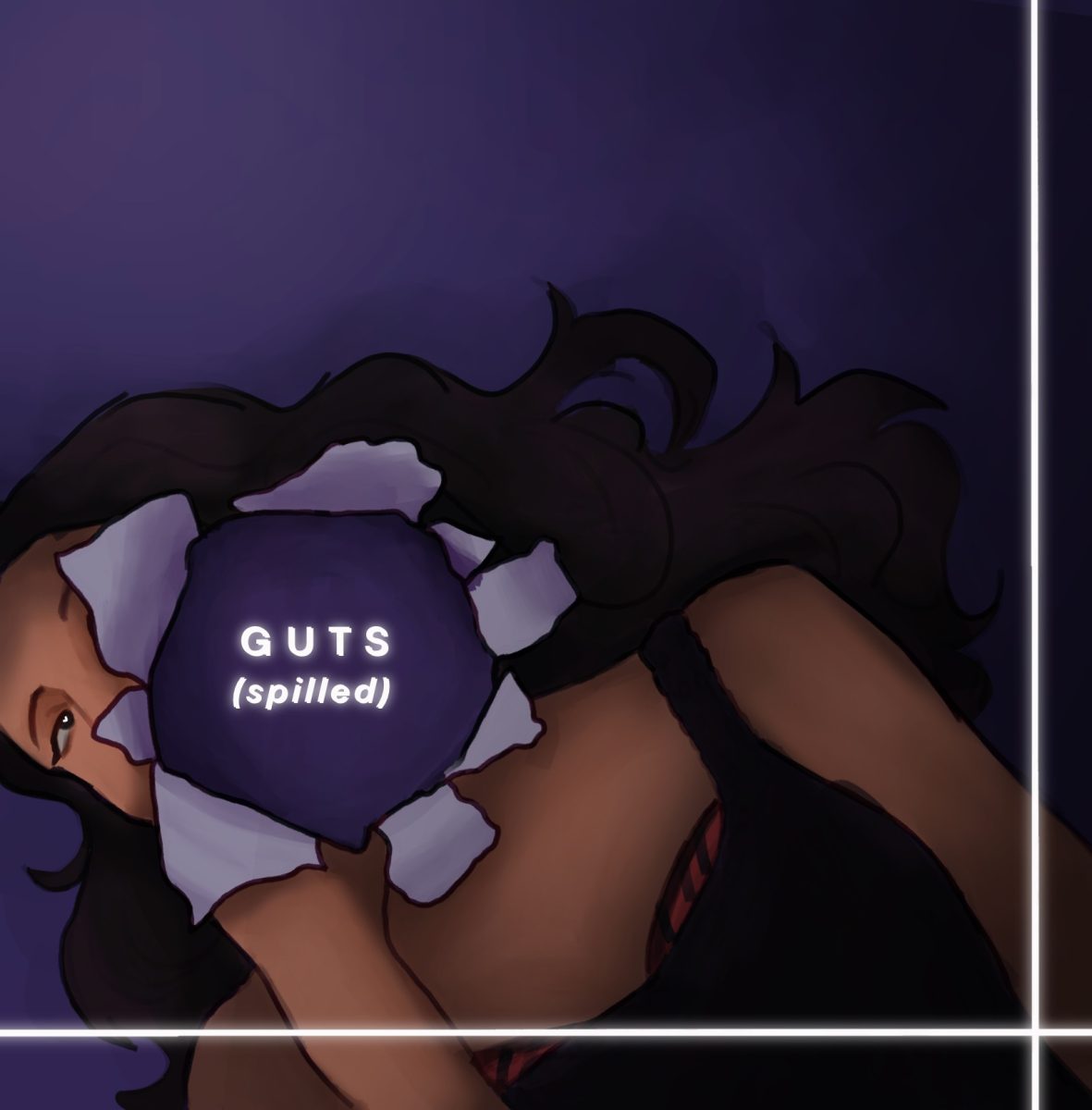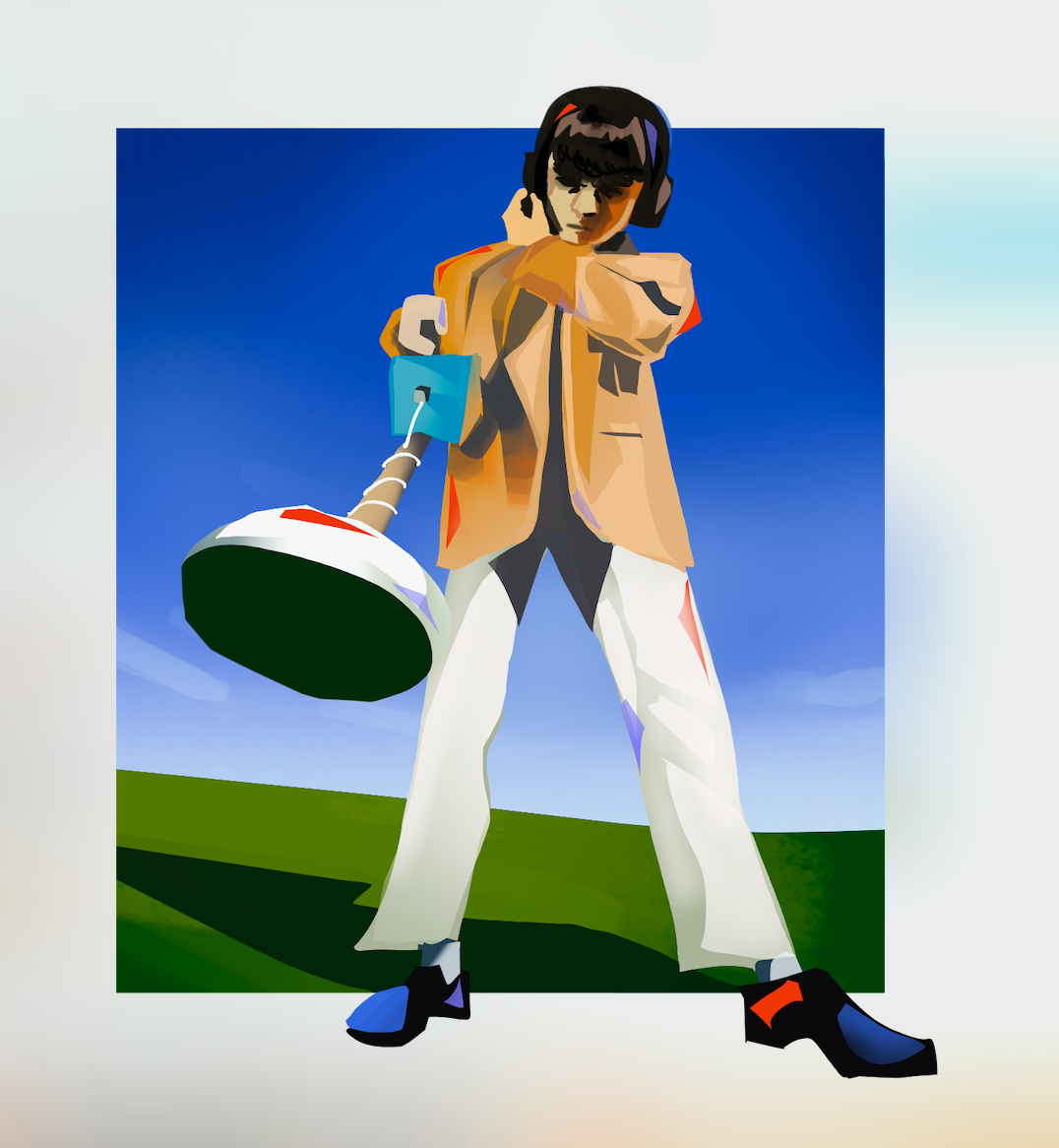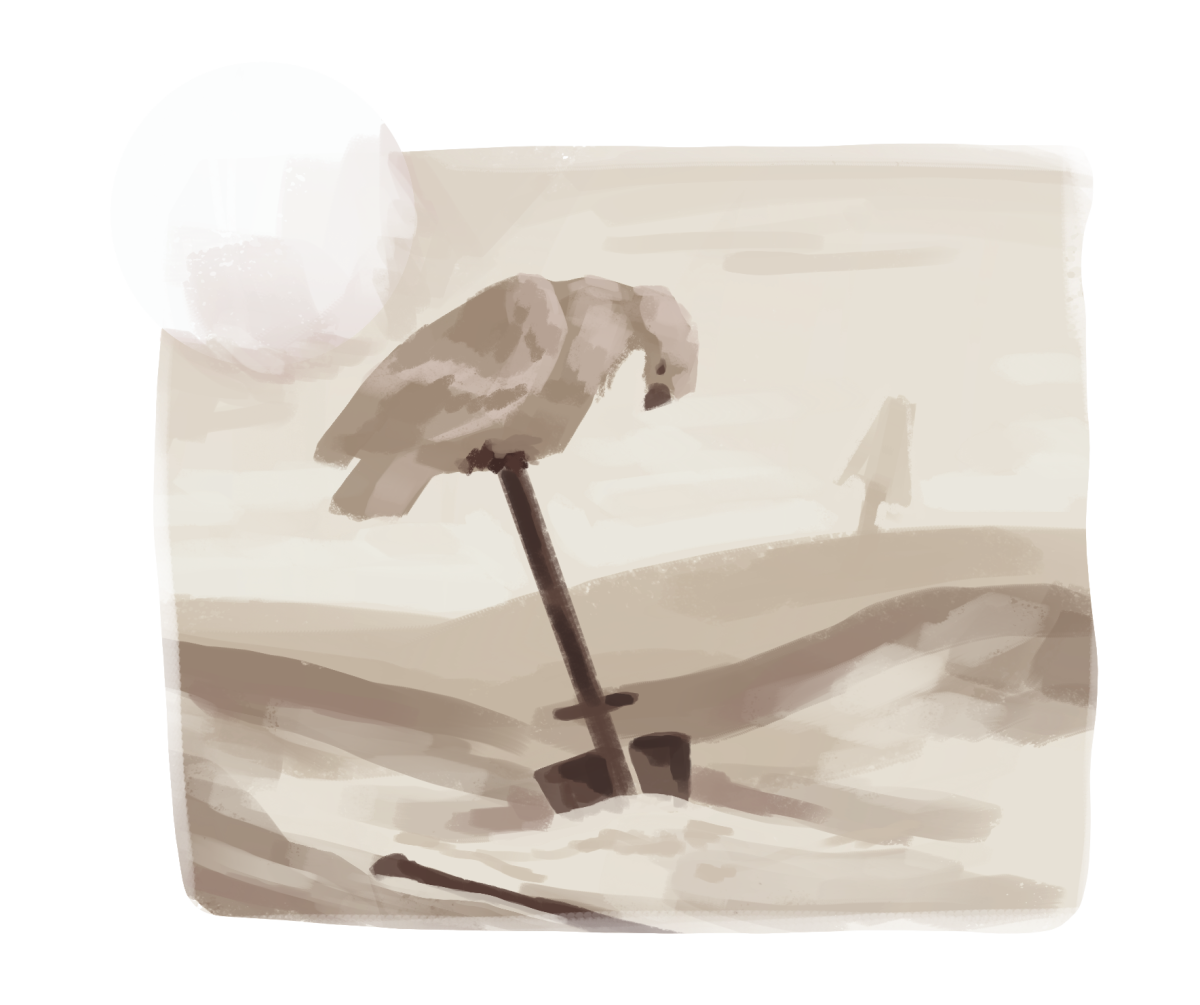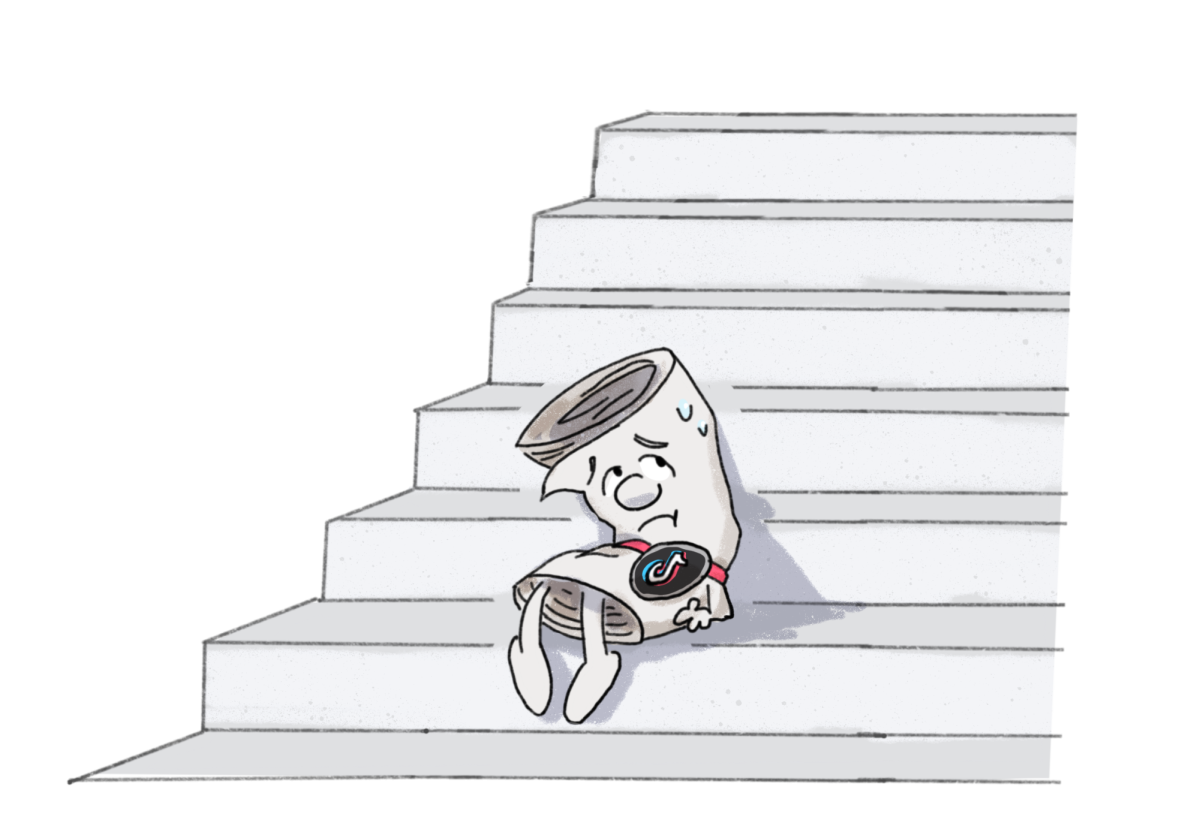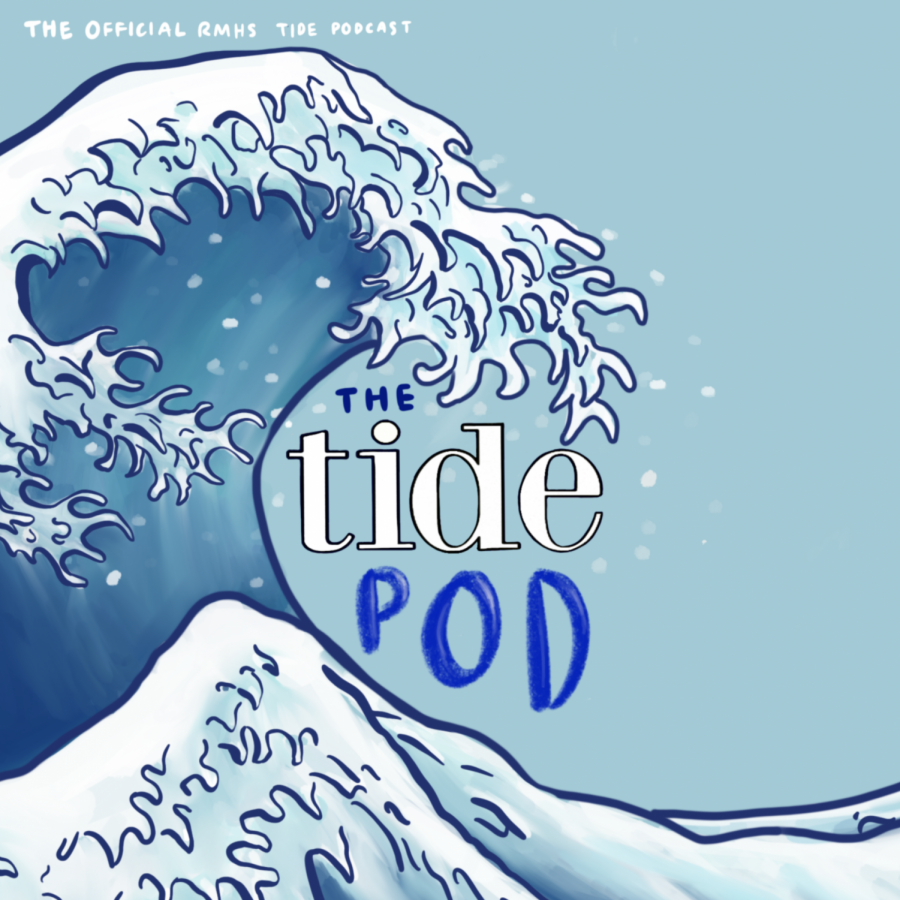This article contains spoilers for The Shape of Water.
A mute woman. A closeted gay man. An African-American. A white power figure. Despite their differences, they all share one thing in common: a struggle to find their place in society.
At first glance, director Guillermo del Toro’s latest Oscar-winning film for Best Picture The Shape of Water may seem like a monster movie, capturing the forbidden romance between beauty and beast. But despite its fantasy elements, del Toro manages to weave intricate social commentary throughout the narrative, and in doing so develops an unprecedented layer of depth to the story’s characters whilst preaching an important message of self discovery.
Set in the Cold War era of the 1960s, the film first introduces us to Elisa (Sally Hawkins,) a mute woman who works as a janitor for a government facility. She can hear, but can only communicate through sign language. Day after day she goes through the same ordered routine: bathing, cooking, working and cleaning a government facility.
As we follow Elisa through her bleak daily life, we begin to notice how distant she is from her community; the only people she connects with are her closest (and only) friends, Giles (Richard Jenkins) and Zelda (Octavia Spencer.)
Giles, her neighbor, is a balding man filled with regret who spends his days painting advertisements and reflecting remorsefully on his past. This resentment comes from the fact that he is secretly gay. Because of this, he is extremely reserved and finds comfort only in Elisa.
At an aerospace research facility in Baltimore, Elisa spends her days scrubbing walls and mopping floors with her chatty coworker Zelda. Zelda keeps her company as they work, nitpicking about anything she can think of and constantly complaining about her husband (it’s fortunate that Elisa is a very good listener.) Out of the blue, Colonel Strickland (Michael Shannon,) a dedicated but sadistic worker, arrives as the new head of security. He brings with him “the Asset” (Doug Jones, in makeup and enhanced by CGI,) an amphibian like creature previously worshiped by local natives as a god before being dragged out of the river and thrown into shackles.
Discovered and captured in South America, the Asset is not quite human nor animal: it has gills like a fish, but stands on two feet like a man. Yet Strickland ignores these human qualities and abuses it like a lab experiment, beating it mercilessly simply to assert dominance. His only wish is to tear the beast apart and study it for potential military uses. In his eyes, the Asset is only a tool, an “abomination.”
But where Strickland sees a monster, Elisa finds a creature of intricate beauty. She sees innocence in the Asset, drowned by hopelessness but filled with heart. As they begin to develop a connection, Elisa gradually realizes her own feelings of heartache and desolation. Just like the creature, she is also treated as less than human. In an argument with Giles over the creature’s humanity, she signs, “The way he looks at me. He doesn’t know what I lack…Or how I am incomplete.”
As a handicapped person, Elisa is often treated as inferior, considered less than “normal” people. Because of her inability to communicate with others, she finds herself lost among the rest of society. She envies the Asset’s simplistic nature, and can even see herself in his eyes.
Just like Elisa, Giles also feels disconnected from the world around him. In a time where homosexuality was looked upon with disdain, he constantly questions his identity. Because of his secret, he eventually loses his job and destroys relationships that previously held up his unstable life.
As an African-American woman living in the tense racial atmosphere of the 1960s, Zelda constantly faces discrimination at the workplace. The situation is no more different at home: even in Zelda and her husband’s community, prejudice bleeds into the walls of their household.
Even Strickland, a privileged white man, suffers from the ideal standards of American society. He is unsatisfied with his life at his “average white household”: his sullen face says it all as sleepwalks through the time his family spends together. The man of the house, Strickland feels compelled to deliver no matter how high expectations are. He is obsessed over following, as sophomore John Condon said, the “stereotype that the father should be the provider of the family.” His obsession drives his descent into madness.
The Asset is what ties these characters together. Before he entered their lives, each of these characters were lost, struggling to find their identity and all suffering from the feeling of being incomplete. But after his arrival, each of them starts to recognize their true identity.
Elisa begins to fall in love, a sensation that she had never experienced before. Their wordless encounters with the Asset play out like a romance in fairy tale, communicating not through speech but through their curiosity of one another. As she falls for the creature, she starts to believe that the only way to preserve her humanity is to save him.
Giles initially refuses to help Elisa in hiding the Asset from Strickland, also believing the creature to be less than human and not worth saving. But after being fired from his job, he begins to come to terms with his homosexuality, and he realizes just how lonely he is, too. Giles knows that this would be the only worthwhile thing he has ever done in his pitiful life, and eventually aids in their escape scheme.
But Strickland is an entirely different story. Unlike the others, he does the complete opposite of accepting his identity. He becomes even more haunted by the illusions of society’s standards, which eventually kills him in his obsessive quest for revenge. But this is why Strickland is the villain: he simply is not human enough to understand who he is.
This is a story about the misfits, the “others,” the freaks in our world. Yet they are what makes this monster movie so human. As the heroes rescued the creature, they were in a way saving themselves, too. The Shape of Water never misses a beat in reminding us of our own human nature, and despite its appearance as a fairytale, it serves as a vessel to teach the importance of discovering one’s identity. But in the end, it is simply a tale about, as del Toro said, “love, loss, and the monster that tried to destroy it all.”
Featured photo courtesy of IMDb


